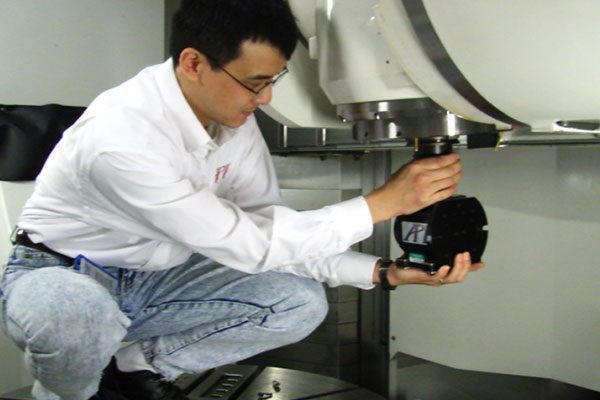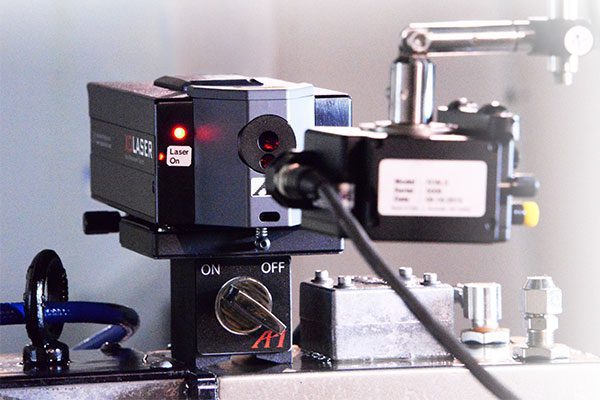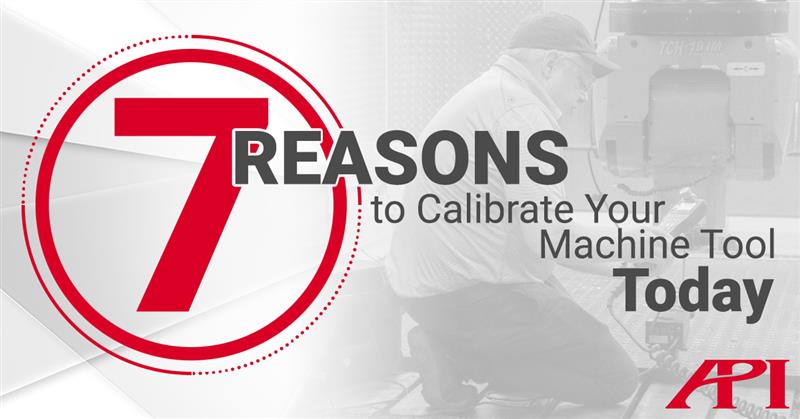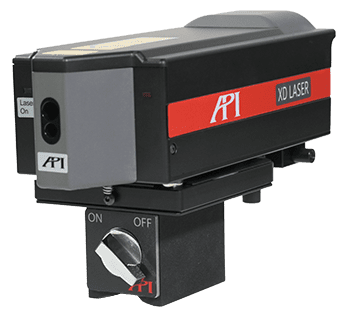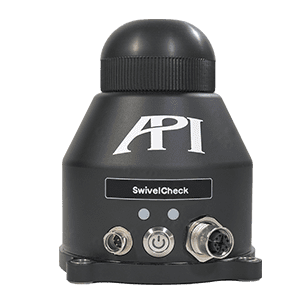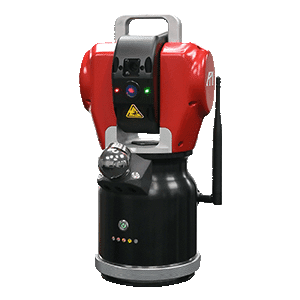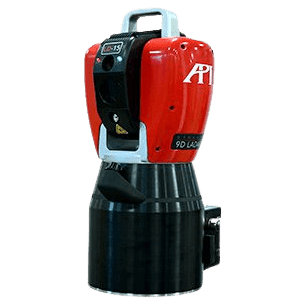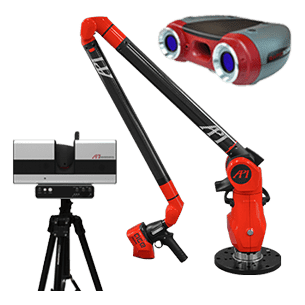7 Reasons to Calibrate Your Machine Tool Today
Every industry, no matter the scale of their work, has industrial engineering projects that are rooted in Machine Tool production. CNCs, Lathes, Gantrys, and more are used everywhere from Aerospace to Automotive to Heavy Industry to Defense and Shipbuilding. The projects in these fields require tight tolerances, often to within a just a few microns. So, the machine tools used in these productions must be accurate to these same standards.
In addition to environmental effects, like foundation, mounting, alignment, and temperature, there are up to 21 error parameters for a simple three-axis machine tool. The Linear Positioning; Vertical and Lateral Straightness; and Pitch, Roll, and Yaw all have possibility for error in their X, Y, and Z coordinates. Additionally, machine tools can produce errors if they are not perfectly square at the XY, YZ, and XZ junctions.
If they are not caught and prevented, these errors can diminish the quality of casting, tooling, assembly, and composites for a given project, and they can lead to costly rework or parts being scrapped. Fortunately, these errors can be found and compensated for before they create project delays and scrapped parts. The most common form of Machine Tool Calibration (MTC) is through the use of a laser interferometer, but there are other methods, including Ballbars and SwivelChecks or the use of a Laser Tracker for full Volumetric Error Compensation (VEC). Each of these methods has their own benefits for different machine types and setups, but all are useful for the necessary work of preventing or eliminating machine tool error.
Below are the 7 most important reasons to have your machine tool calibrated today:
1) Acceptance Testing
Acceptance testing is similar to Laser Tracker certification. It is the process of measuring a machine tool’s performance against the OEM stated specifications to validate the tool’s performance. Acceptance testing is ideal for machines that have just been installed (even new machines are out of alignment up to 88% of the time) or have not been run on recent projects. The goal is to find errors (or the potential therefore) before valuable machining takes place.
2) Preventative Maintenance
Similar to acceptance testing, preventative maintenance looks to identify and eliminate sources of error before they begin to affect production results. Like changing the oil in a car, preventative maintenance on machine tools is about performing routine, scheduled checks on machines, even if they aren’t showing recognizable errors. Catching errors at this stage saves costly downtime and rework later on in the process.
3) Certify a Machine that Has Probing Capabilities
Machine tools that have probing capabilities represent an additional source of possible angular abbe errors. If there is error in the motion of the probe apparatus, the probe’s results will show an error that is often merged into linear error data. These faults can be difficult to diagnose and distinguish from problems in the tool’s path, but they can be compensated for both linearly and angularly with proper calibration.
4) Know Your Machine’s Accuracy Limitations
Regular machine calibration is also a way to test the limits of your machine tool in a low stakes situation. By pushing your tool to meet its tightest tolerances or maximum production scale in a calibration setting, you can identify the outer limits of its capacity (even with calibration and compensation applied) without creating a part that may need to be reworked or scrapped.
5) Improve Accuracies on Older Machines
As with all things mechanical, machine tools often see their performance erode over time. Regular calibration, however, can often correct many of these errors and extend the life of your machine tool. Before you enter the costly, time consuming process of replacing an old tool, a one- or two-day calibration from a Metrology Service Provider (MSP) may be able to keep the tool running smoothly.
6) Reduce Machine Waste
In situations where errors are manageable, parts can be reworked instead of scrapped, and the project can continue after a brief hiatus. But this is a stopgap solution at best. Rework is still costly for the extra time spent repairing what went wrong and the wasted materials. Machine calibration can reduce the amount of rework and waste throughout the manufacturing process.
7) More Accurate Parts
Lastly, and most obviously, machine tools that are regularly calibrated and maintained produce the most accurate parts. Accuracy in the initial stages of production (from the modeling to the first machining) has a cascading effect throughout the process, speeding up verification, modification, and assembly stages. Efficient machine tools allow projects to be completed accurately, on time, and on budget.
Regular, scheduled machine tool calibration is essential to ensure the accuracy of the tool, the part, and the project as a whole. Many machine shops elect to purchase MTC equipment (like API’s XD Laser and Wireless Ballbar) and training so their teams can perform the work in house, but for many that is not the most cost-effective solution. For training or contract calibration, API Services has decades of experience with our state-of-the-art MTC equipment and with more than 20 kinds of machine tool controllers. Click here to learn more about MTC and to schedule yours today.


